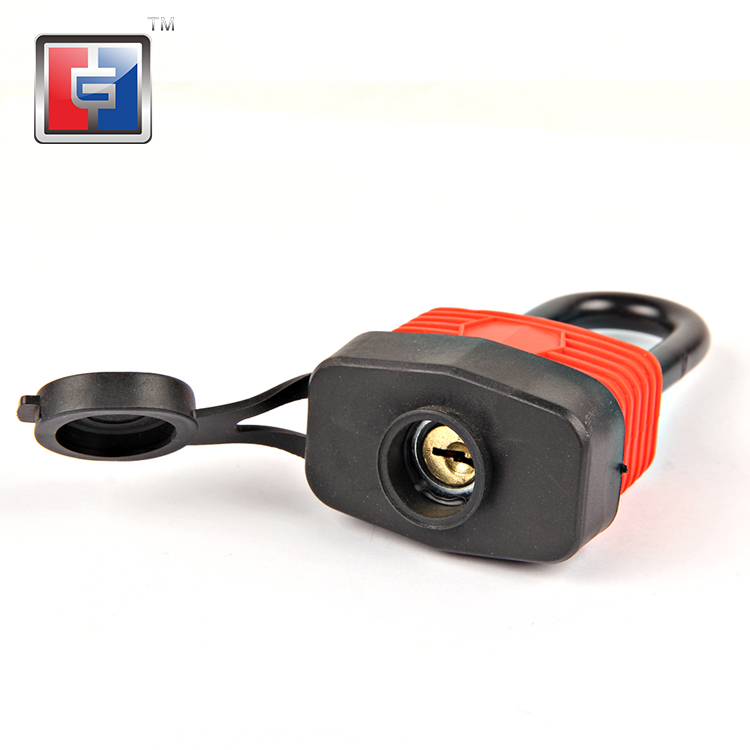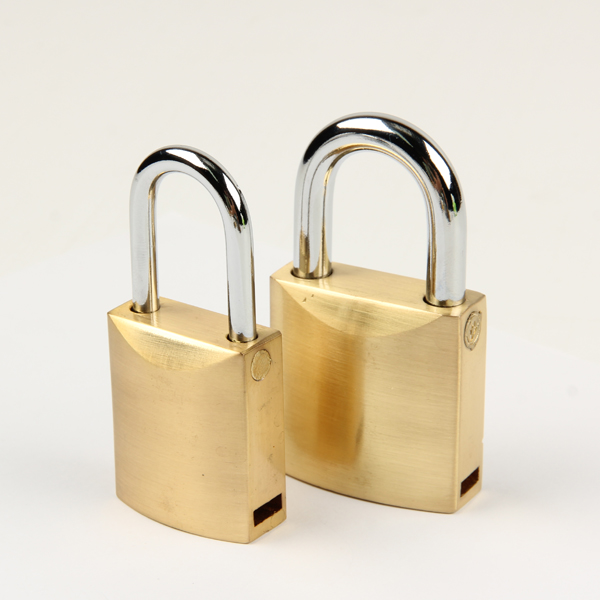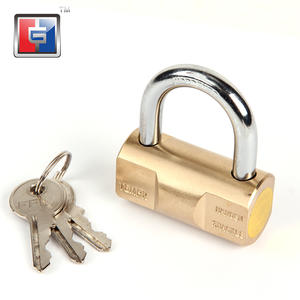Tips for using and maintaining safety padlocks.
Among all types of safety padlocks, safety padlocks are a relatively common type of lock. There are many different styles of safety padlocks, and there are many novel designs that are beautiful and unique. Therefore, people also have a special preference for safety padlocks. Safety padlocks can not only play a safety protection role, but also can play a certain decorative role. However, many people do not know how to maintain their own safety padlocks. In fact, safety padlocks only need to pay attention to the following aspects of maintenance during use. Maintenance can ensure the long-term normal use of the safety padlock.
1. The transmission part of the lock body of the safety padlock should always be kept with lubricant, so that the safety padlock can maintain smooth transmission and prolong the service life of the lock. Therefore, it is necessary to check the usage of the locks regularly. It is generally required to check every six months, especially whether the fastening screws are loose. If there is any looseness, they should be fastened in time.

2. After the safety padlock has been used for a period of time, even if there is no problem of astringency or sluggishness, the lock cylinder should be maintained regularly. Generally, pencil shreds or graphite powder are added to the lock cylinder slot, and the key is inserted into the lock cylinder. This way, the keys can be inserted and removed smoothly. But no oil can be added to avoid the grease sticking to the marble and making it difficult to unlock.
3. When installing the safety padlock, carefully check the relevant manuals and install them according to the requirements of the manuals, especially the installation center distance, the scope of application and the opening method.
Fourth, always pay attention to keeping the lock body clean, and be sure to prevent foreign objects from entering the marble groove of the lock cylinder to avoid the phenomenon that it is not smooth at the beginning or cannot be opened. If you encounter problems opening with the key, you can add kerosene, gasoline or anti-rust lubricating oil to the lock cylinder, and then insert the key and rotate it repeatedly.





